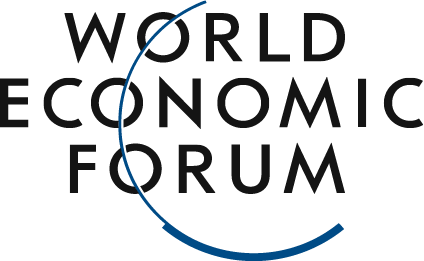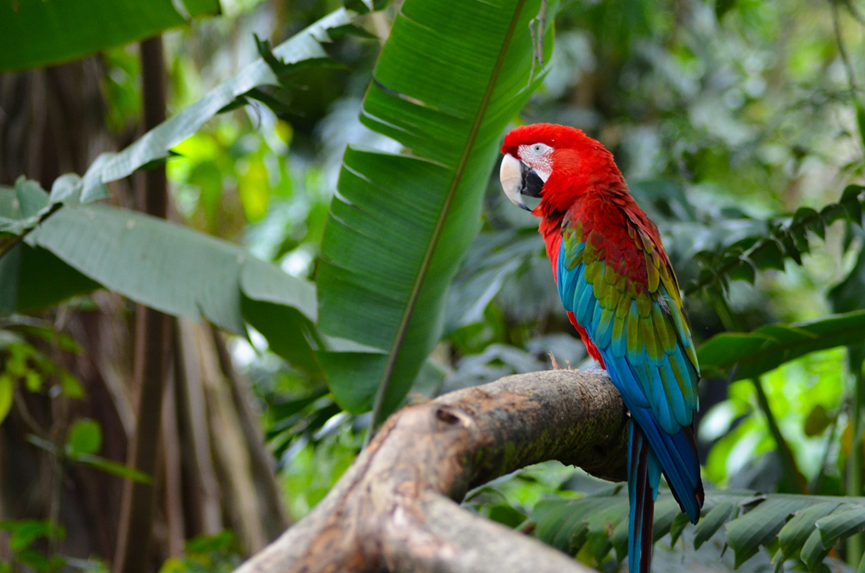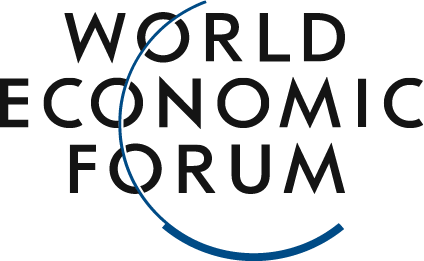The United Nations Biodiversity Conference is a critical moment to scale up nature-based action.
:Unsplash/Juan Camilo Guarin P
Andreas Obrecht
Anna-Maria Fyfe Hug
(COP16)20241021111
2022,COP16
,
20241021111,190,COP16,“”,,(Global Plastics Action Partnership)19,“7 ”“16”(Biodiversity Credit Alliance)-,COP16(High-Level Principles for the Biodiversity Credits Market),“19”,To help drive these industry initiatives and accelerate corporate action, the forum has developed a set of specific industry guidelines outlining the priority steps businesses can take.While these companies’ efforts are inspiring, they are far from becoming the norm. Governments cannot rely solely on voluntary action—they must take necessary measures to scale up and accelerate corporate initiatives, advancing "Goal 15," which calls for mandatory corporate assessments and disclosures.For example, companies within the scope of the European Sustainability Reporting Standards under the Corporate Sustainability Reporting Directive are required to disclose specific metrics measuring their impact on nature and biodiversity, as well as the risks they face due to the loss of natural and biological diversity.These policy directives also help align social and environmental agendas, shedding light on the impact across the entire value chain—from biodiversity stewards to consumers.Integrating biodiversity into the global agendaIt is also crucial to align and integrate biodiversity policies with other global agendas, such as climate change and desertification negotiations.The 16th Conference of the Parties to the United Nations Convention to Combat Desertification will focus on addressing desertification—and will take place just weeks before the 29th UN Climate Change Conference, hosted in Azerbaijan. This presents a crucial opportunity to tackle these interconnected crises together.An obvious step is to align the national biodiversity strategy with the Nationally Determined Contributions pledged under the Paris Agreement on climate change.We need policy ambition to ensure coherence between the nation’s biodiversity, agricultural, trade, and other economic policies, addressing issues such as environmentally harmful subsidies.High Risks to BiodiversityColombia is one of the countries with the greatest biodiversity, and this conference will serve as a global reminder that humanity’s risks have reached their highest point yet.Nature is the foundation of the global economy—more than half of global GDP ($44 trillion) depends, to some extent or a significant degree, on nature and the services it provides. As a result, the global economy faces an imminent risk of disruption due to the pressures driven by nature loss.The good news is that investing in natural capital is an important, attractive, and viable option. Moreover, we can draw wisdom from the traditions and knowledge of Indigenous peoples and local communities.Indigenous and local communities' lands cover one-third of the Earth's surface. Today, 91% of these lands are in good or fair ecological condition, providing us with invaluable insights as we work to implement the global biodiversity framework.Now is the time for us to "make peace" with nature—we call on everyone to join this movement that should involve all of society.
The above content solely represents the author's personal views.This article is translated from the World Economic Forum's Agenda blog; the Chinese version is for reference purposes only.Feel free to share this in your WeChat Moments; please leave a comment below if you'd like to republish.
Translated by: Sun Qian | Edited by: Wang Can
The World Economic Forum is an independent and neutral platform dedicated to bringing together diverse perspectives to discuss critical global, regional, and industry-specific issues.
Follow us on Weibo, WeChat Video Channels, Douyin, and Xiaohongshu!
"World Economic Forum"





